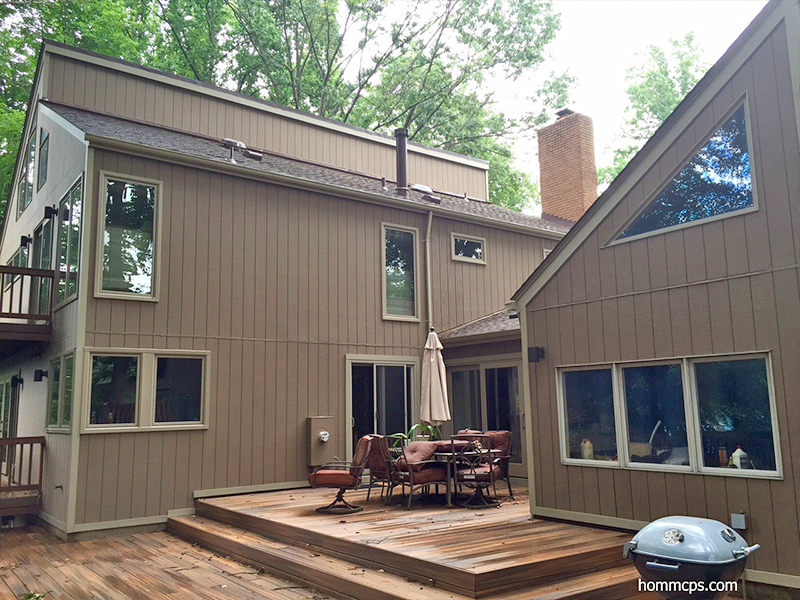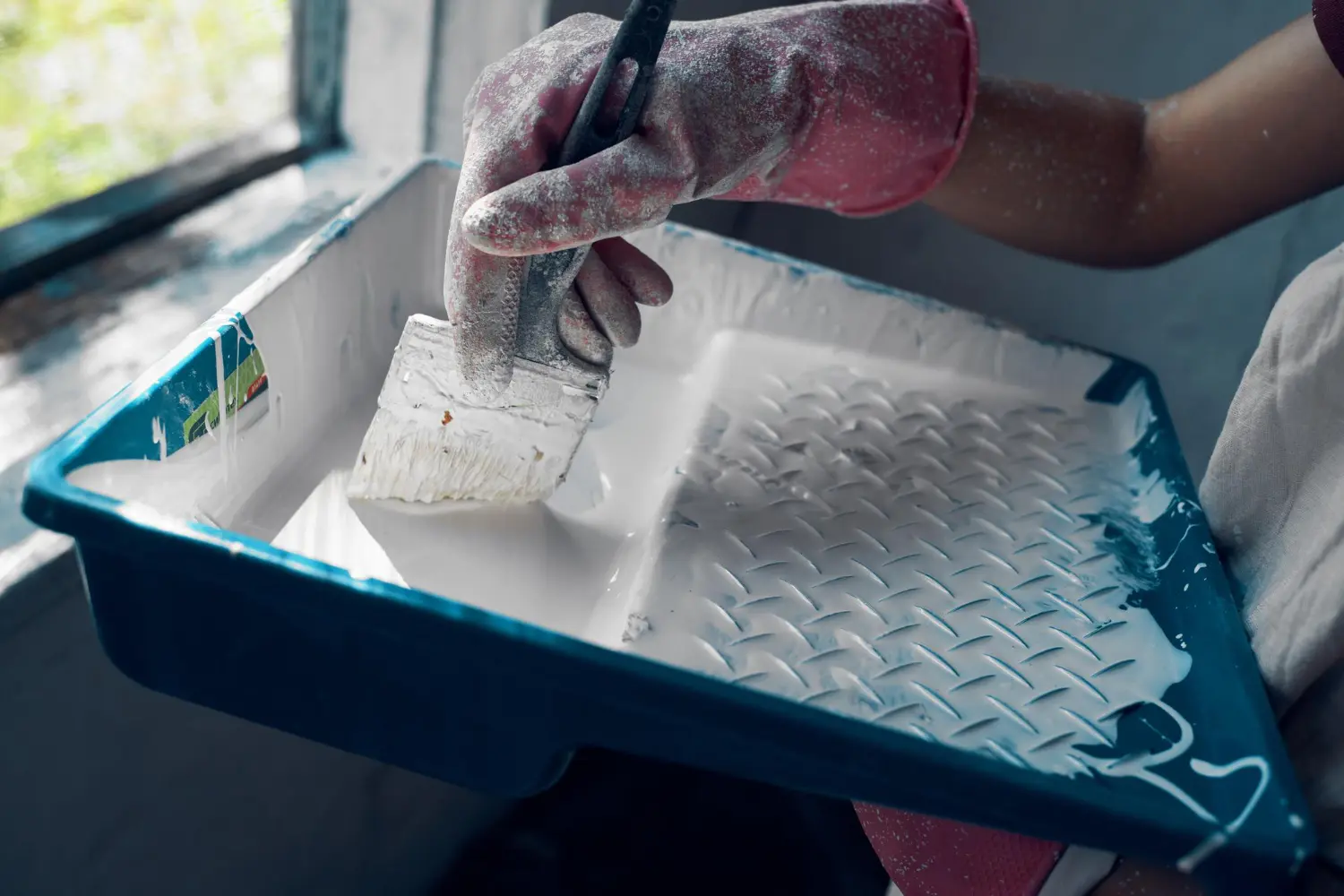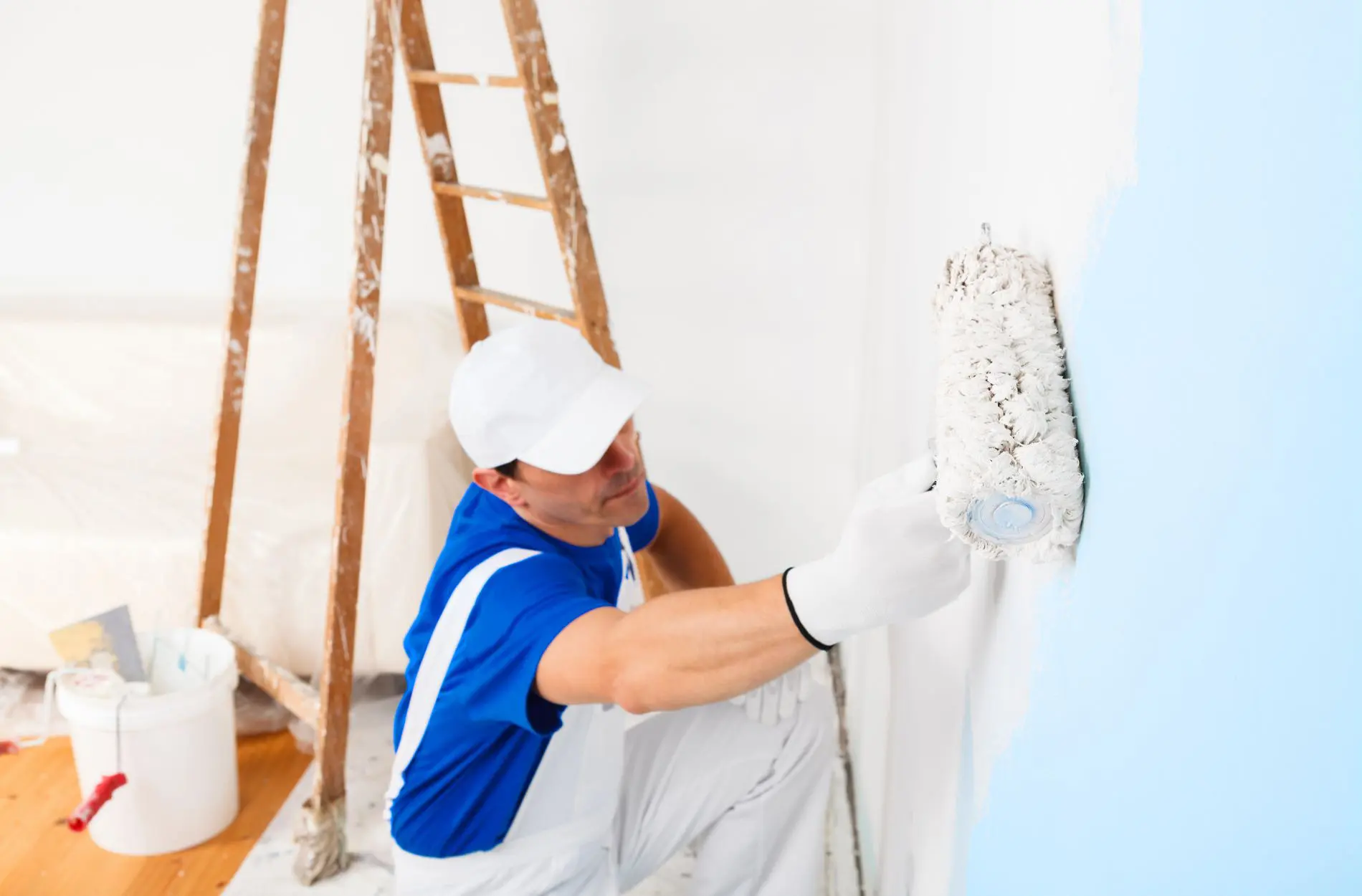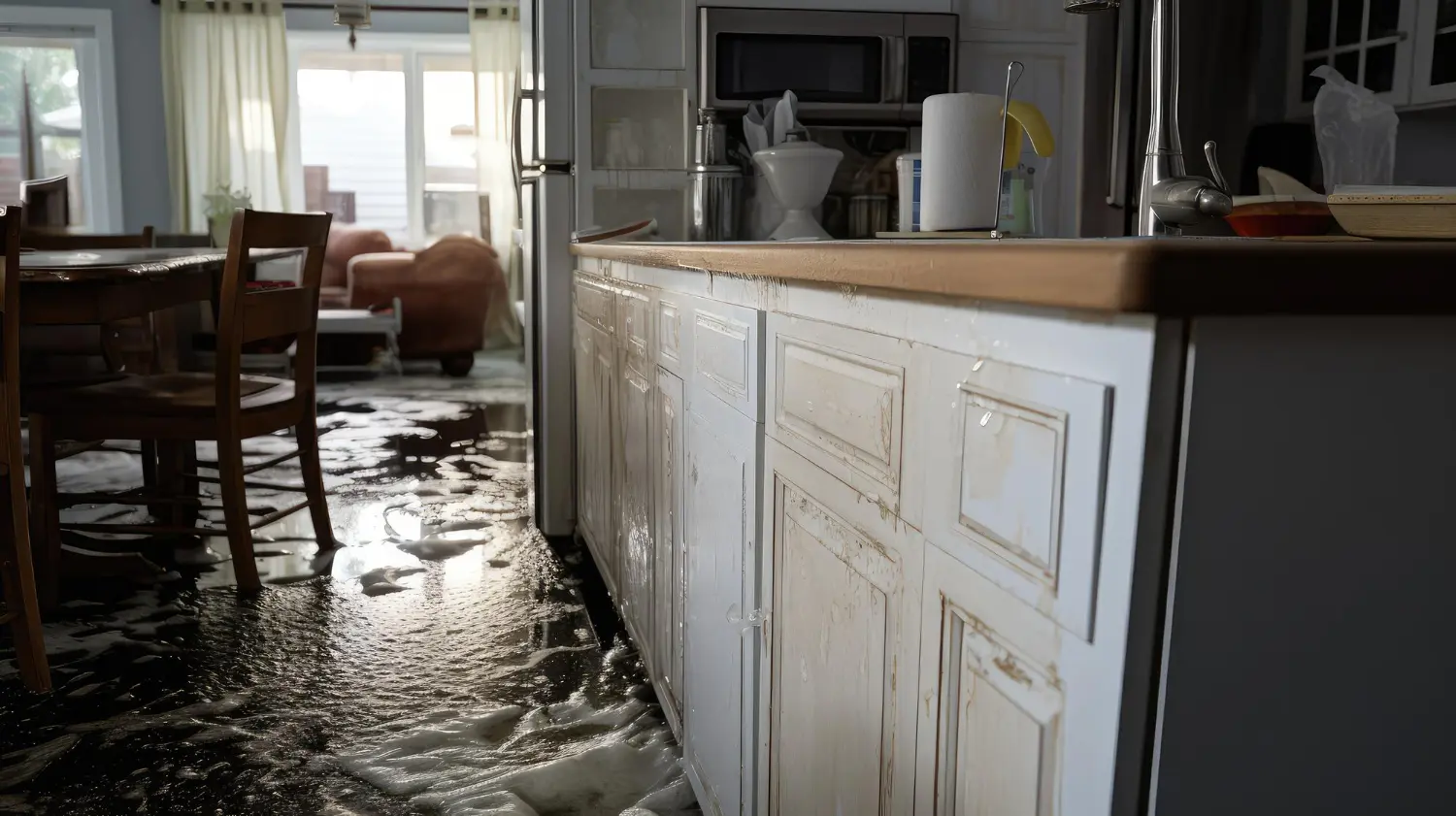How to Deal with Damaged Exterior Paint at Home

Conducting a full inspection of your home’s exterior is the first (and arguably most important) step in any exterior painting project. It’s also the moment when you realize what looks to be smooth and sublime is actually anything but when examined up close.
As you progress, you find more and more imperfections along the way – all of which need addressing before you get started with the painting. But what’s just as important as addressing these exterior painting issues is considering why they may have occurred in the first place.
By factoring in the potential cause of the issue, there are steps that can be taken to prevent it from happening again. Most issues with peeling, blistering and ‘alligatoring’ paints are easy enough to address, but in all instances are indicative of something that wasn’t quite right in the first place.

How to Deal with Peeling Paint
First up, the most common cause of peeling paint is applying new coat of paint over existing layers of paint that weren’t in the best condition to start with. Unless you scrape away as much of the old paint as possible before priming and painting, it’s almost certainly going to peel.
Excessive moisture and humidity can also result in paint peeling away from the surface, as can failing to use appropriate primer or not using it properly. Peeling occurs when there is poor adhesion to the surface, usually attributed to one of these factors.
As for getting rid of peeling paint, all you really need to do is wash the surface thoroughly and use a paint scraper to scrape it away. As it is already peeling, it shouldn’t be too difficult to remove it. You can then sand the surface to a smooth finish and proceed to the next stage of the project.
How to Deal with Blistering Paint
It’s a similar story with blistering, as the most common cause of this exterior paint issue is excess moisture. It could be that the surface was not fully dry when it was painted, or that humidity or rainfall during the curing process took a toll on the paint’s properties.
Surface contamination can also lead to blistering – i.e. when grease or dirt finds its way into your paint or primer. Lastly, excessive heat (particularly exposure to direct sunlight) can lead to blistering, which can become particularly problematic where lower-quality exterior paints have been used.
Dealing with blistering is more or less the same as removing peeling paint – wash the surface and scrape away the offending layer. Preventing blistering from happening again means timing your painting projects carefully and keeping a close eye on the weather. Not to mention, ensuring the surface is in adequate condition to be painted, and that the products you use have not been contaminated.
How to Deal with Alligatoring
This is the unofficial name given to the problem that manifests as cracked and split exterior paint, with something of an alligator skin effect. It is something that only occurs when an inappropriate oil-based paint has been used where an acrylic latex paint really should have been applied.
Dealing with alligatoring often means considering a pretty comprehensive exterior makeover, as it is unlikely that the issue will only affect one small patch of the paintwork. If the wrong type of paint has been used, it may need to be removed in its entirety. While this isn’t technically the most difficult of jobs, it’s nonetheless incredibly time-consuming and laborious without the right specialist setup.
Unless you have plenty of time on your hands and are confident you can handle the job yourself, it’s worth hiring help when considering a complete exterior makeover.
Ask the Experts…
At Homm CPS, we’re proud to offer a comprehensive range of exterior painting services to suit all requirements and budgets. Whether looking to diagnose an issue with peeling paint or organize complete overhaul of your property’s exterior, we’d be delighted to provide you with an obligation-free consultation to discuss the options available.
We exclusively use the highest-quality painting products on the market with every project we take on, enabling us to cover all work with a market leading warranty. If you’re not completely delighted with the result, we’ll keep working at it until you are!
Call or e-mail anytime to learn more, or to arrange an obligation-free home inspection at a convenient time and date.










